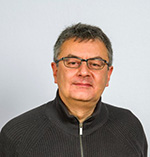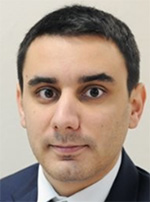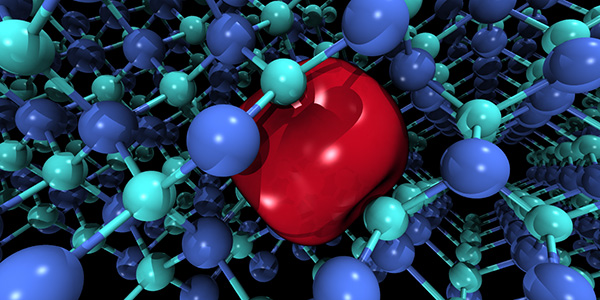 |
|||
|
|||
Home > TERATEC FORUM > Workshops > Workshop 8
TERATEC 2025 Forum |
|
Energy challenges and sustainable solutions in high-performance computing and artificial intelligence
Chaired by Charles Huot, Development Manager, Eclairion and Victor Martin, Manager, R&D Digital Hub Paris-Saclay, TotalEnergies
Energy efficiency from the point of view of simulation codes: porting the Abinit code to the GPU
By Marc Torrent, Research Engineer, CEA and Julien Miniere, Project Manager / Expertise - HPC Development, AS+
Power consumption in numerical simulations has become an increasingly important criterion in recent years, for both economic and environmental reasons. In this respect, GPUs, with their high energy efficiency (flops/watt), are an advantageous solution for reducing the energy consumption of simulations.
Abinit (www.abinit.org) is an atomic physics code based on density functional theory, enabling calculations of energy, charge density and electronic structure of electron and nucleus systems. Simulations performed with this code require significant computing resources, up to several hundred thousand CPU core hours per simulation. Since 2022, we have been porting the code to the GPU, to take advantage of GPU acceleration to reduce simulation times and power consumption.
We'll start with a brief presentation of the code, its functions and features, and describe the work we've done to make it executable on GPUs. We will then present performance and energy consumption measurements on different architectures (AMD CPUs, Nvidia or AMD GPUs in particular) to highlight the gains in terms of energy consumption that can be achieved through the use of recent architectures and graphics gas pedals, and indicate the type of calculations that benefit most from this type of porting.
We conclude with feedback from three years of development in the code, and advice on how to implement such a port.
 |
Biography: Marc Torrent is head of laboratory director at the Commissariat à l’Energie Atomique et aux Energies Alternatives (CEA) at the Bruyères-le-Châtel center. As a computational condensed matter physicist, he specializes in simulation methods grounded exclusively in the quantum theory of materials, focusing on the properties of electrons within matter. Marc Torrent is a key developer of the open-source software ABINIT (www.abinit.org), a highly regarded international collaborative project. For many years, he has been responsible for adapting the software to high-performance computing systems. Utilizing ABINIT, he investigates the microscopic properties of materials, with a particular emphasis on their equations of state, phase transitions, and the modeling of defects in solids.. |
|---|---|
 |
Biography: After completing a thesis in astrophysics at the CEA and the Paris Observatory, Julien Minière joined AS+. He began by providing application support to users within the TGCC, before dedicating himself to the development of HPC (High-Performance Computing) codes for several years (implementation of solvers in a molecular dynamics code, developments in a plasma physics code, etc.). He participates in various optimization or code porting projects on heterogeneous architectures, and is now responsible for setting up and administering various computing infrastructures, both for on-premise supercomputers and in the AWS cloud. |
 |
|